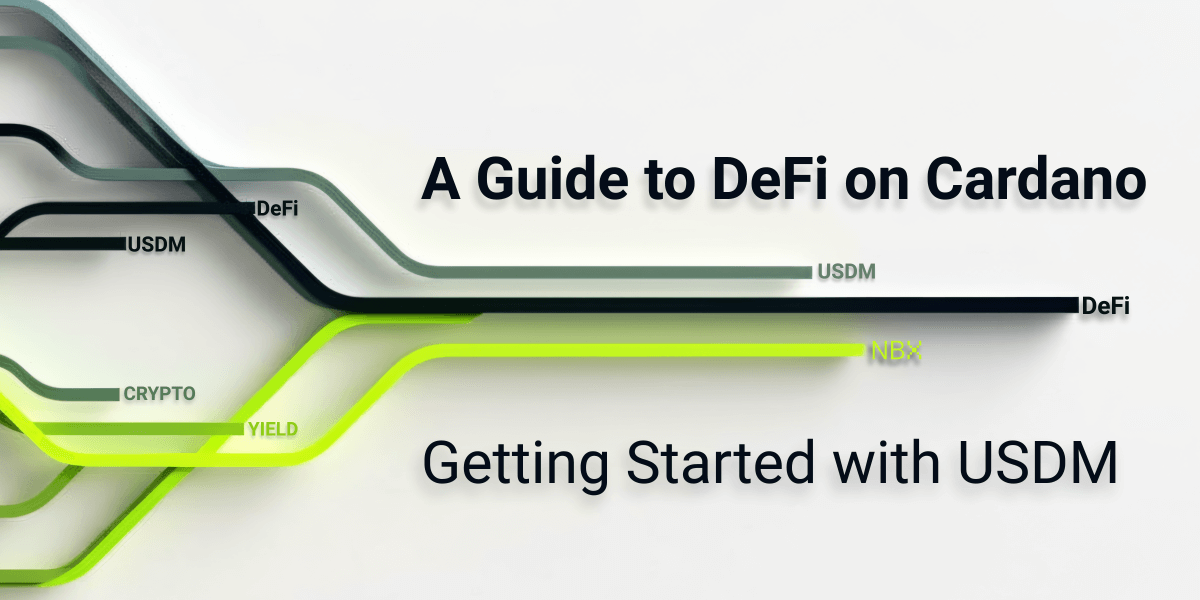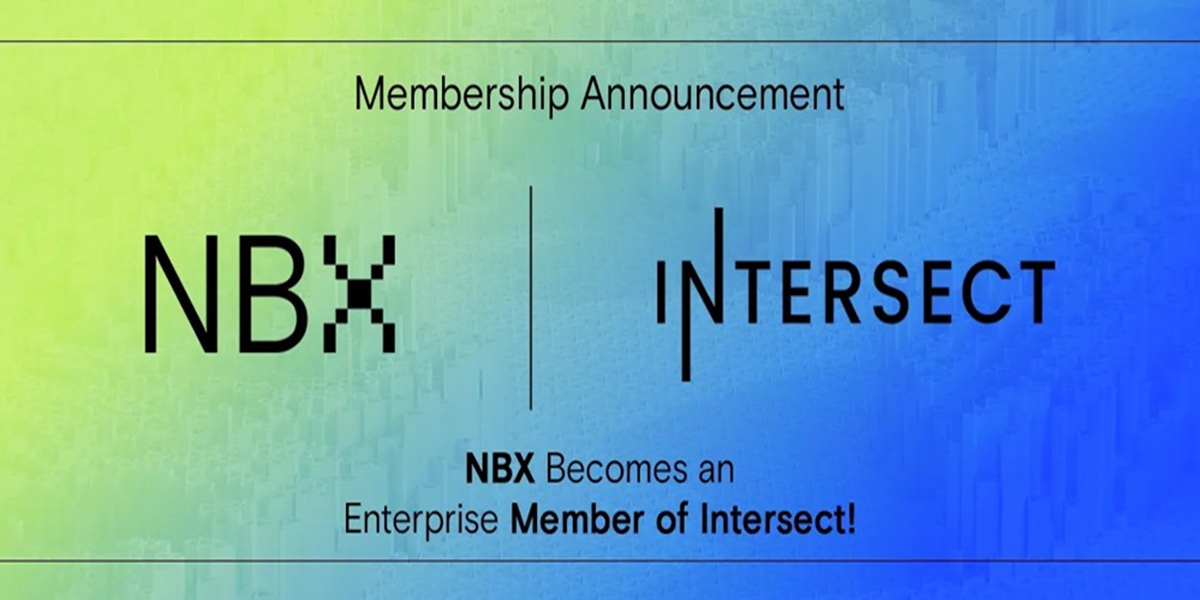Polkadot (DOT) is a blockchain platform that aims to provide a more scalable and interoperable infrastructure for building and deploying decentralized applications (dApps) and services. It was created by the Web3 Foundation and launched in 2020.
One of the key features of Polkadot is its use of a sharded architecture, which allows the platform to process multiple transactions and operations in parallel across multiple chains. This is intended to increase the throughput and scalability of the platform, while also improving the speed and efficiency of transactions.
Polkadot also uses a unique governance system that allows token holders to vote on proposed changes to the network's protocol and rules. This helps to ensure that the platform remains decentralized and community-driven, while also enabling rapid innovation and development.
Another key feature of Polkadot is its ability to support cross-chain interoperability, allowing developers to build applications and services that can interact with other blockchain networks and ecosystems. This is made possible through the use of "parachains," which are specialized blockchain networks that can be customized and optimized for specific use cases and applications.
The native cryptocurrency of the Polkadot platform is called DOT, which is used to pay transaction fees and to participate in the platform's governance system. DOT can also be staked by token holders to help secure the network and earn rewards.
Overall, Polkadot aims to provide a more flexible and scalable blockchain platform that can support a wide range of decentralized applications and services, while also enabling greater interoperability and collaboration across different blockchain networks and ecosystems.
The article does not constitute financial advice.


